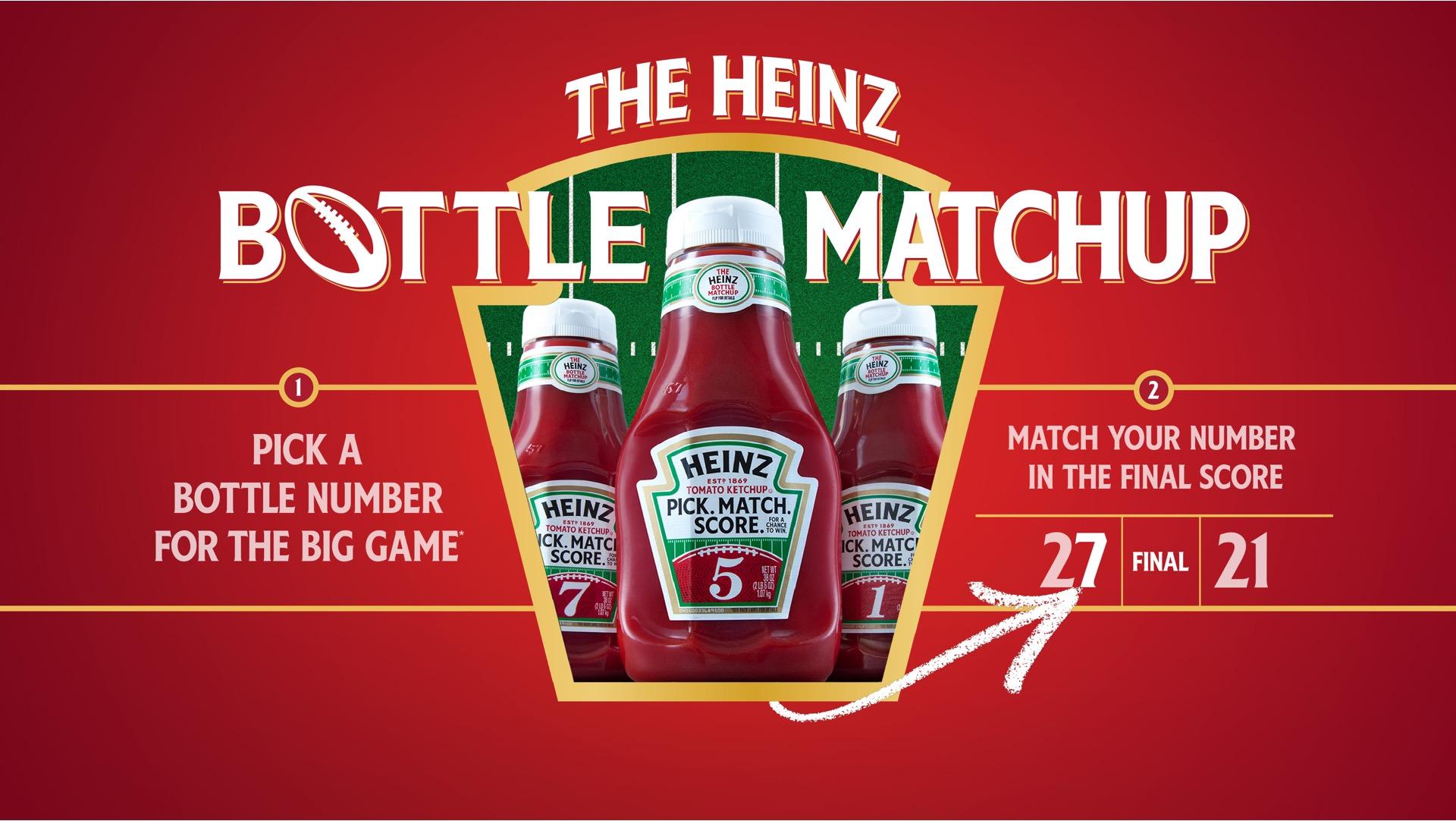How Creative Commerce Drives Brand Growth, From Big Ideas to the Bottom Line
By Dan Cornell, VP Comms & Activation
How creative commerce can build brand equity and sales together
As featured in Ad Age
Marketers often face tension when choosing whether a campaign should be creatively buzzworthy or fiercely sales driven. And now, chief marketing officers and all stakeholders are under more pressure than ever to serve campaigns that push sales while securing brand trust and long-term loyalty. The changing marketplace offers the chance to combine a dedicated sales push with a thrilling creative idea.
On top of that, consumers now need to be reached in an ever-growing ocean of ways: in-store displays and online retail media, TikTok and an array of social media, good old-fashioned commercials, you name it. And this is the opportunity with creative commerce.
The essence of creative commerce lies in removing friction points between the brand experience and consumer shopping experience, creating seamless interactions that stick. The philosophy is based on merging fresh ideas with actionable, measurable, commerce-driving strategies. Marketers can build brand health and grow profits by offering engaging experiences that encourage purchasing. This way, consumers start talking and they start buying.
Here are some key steps to get started with creative commerce:
- Build education and alignment internally. Get everybody on board. Take the time to show your key stakeholders across marketing, sales, finance and leadership why your ideas are the right ones for their campaign. Show them how your creative angle is smoothly tied in with a sales push so purchasing comes easily for the consumer. We ensure that our teams share a clear understanding and alignment on what success should look like from a marketing and business viewpoint. Our creative, media and measurement teams are all locked at the hip to make sure our concepts and presentation are cohesive and feel organic to the product. While the team members are wired differently, they work together to achieve clarity around business and marketing objectives for a true integration of ideas and measurement.
- Find the right marketing agency partner. Connect with a full-service agency that brings capabilities spanning creative, media and shopper marketing, and offers cohesive, integrated thinking. Make sure they display a true commitment and skill to deliver creative commerce campaigns. And look at their history with creative commerce: Do they have a track record of highly creative campaigns across all platforms that also effectively drive sales? Everyone involved must bring a deep understanding of the brand, its consumer and the targeted business goals.
- Ensure that creative ideas connect clearly to commerce. This needs to start in the briefing and ideation stages. Our campaign with Heinz Ketchup a few years ago is a perfect example. Ketchup is traditionally a summer product around grilling, with sales being slower in other seasons. But Heinz wanted a seat at the Super Bowl table, which is normally about pizza, wings and dips (not ketchup), and it’s also about betting on the game. So, we launched a low-tech campaign that combined creativity with consumer incentive via our bottle matchup. We put digits on the iconic Heinz labels, and if the number on your bottle matched a number in the Super Bowl’s final score, you could win a prize. Retailers loved it, because it directly encouraged people to buy and it was great for store displays. And for consumers, we turned the ketchup bottle into a game piece for the Super Bowl itself, adding another fun event to the trend of experiential viewing. Our campaign brought sales up 11% over the previous year, surpassing original goals. It was a seamless example of what creative commerce can do.

Heinz Bottle Match-Up game piece
When we did our Apothic 12 Nights campaign for E. & J. Gallo, we knew that the wine you bring to a party tells people who you are. Today’s consumers are digitally savvy, so we created a digital consumer experience that was promoted at retail. Consumers could unlock 12 windows—in the style of an Advent calendar—which included moody music, creative cocktail ideas and origami ornaments. We combined the opportunity to build sales while strengthening that consumer awareness and relationship. From a commerce standpoint, this allowed Apothic to grab a larger share of category sales during the valuable December holiday drive period, and we stayed true to the Apothic brand with the consumer experience.

Apothic 12 Nights digital calendar
- Develop clear KPIs and measurement frameworks. Make sure that business gains can be clearly measured, evaluated and benchmarked over time. This will typically include assessing creative impact through engagement and attention, tactics and activation effectiveness, brand health, plus cultural and social connections that drive positive sentiment and earned media value. Along with that, you’ll want to look at how these factors drive business or commerce in the short and long term, including sales lift, customer acquisition costs and customer lifetime value.
Creative commerce lures consumers to engaging experiences while making it easy and desirable for them to shop. By measuring every facet of your campaign—not just its immediate impact, but also its long-term value and the depth of consumer connections—you can fine-tune your strategy and investments to amplify results. This holistic approach ensures that creative commerce efforts not only drive purchase but also foster lasting consumer loyalty.